Top 10 Most Feared Places after Death
Suggested by SMSThere are few people in the world that aren’t thanatophobic at one time or another. In fact, many fear death almost every time it’s mentioned. We might brush over it with whimsy or bravado, but there will always be a chill that touches some part of our mind when we consider facing the abyss. Those that are able to cope more comfortably with the thought often have cloaked it in a religious garment that hides the finality of the earthly event beneath a hope of infinite contentment. But more often than not, this promise is a strings-attached deal that demands we live, believe or at least pretend by a specific code. But if we don’t, there are consequences that we would rather not visit; places, planes and plots that we fear more than the passage to them. This list of the most feared places after death touches on those that are the most fearful and may even encourage us to try a little harder.
10. Cao Dai
Cao Dai is a religion of fairly recent times and is largely the product of Vietnam. Many of its principles are borrowed from Buddhism, but its attitude to the afterlife extends beyond our terrestrial concepts of reincarnation. The same fundamental accumulation of karma has a bearing on the life into which one will be reborn with the idea of an improving or a declining state of life. But, rather than simply considering rebirth into levels of existence on this planet, Cao Dai recognizes that there are actually thirty-six levels of heaven to which one can aspire and seventy-two different planets that sustain life and can be destinations for one’s next experience. Within this structure it may be worth realizing that our Earth is rated planet sixty-eight and that planet seventy-two is the nearest to Hell. In fact, so great is the difference between planets that the lowest citizen on planet sixty-seven would never willingly trade places with even a king on planet sixty-eight. Moreover, the demise of a being on this planet, which is overloaded with negative karma, could see them banished to a planet that is colder and darker than the Earth. On this basis it is understandable that vast numbers of people fear being left on planet seventy-two for a whole lifetime.
9. Yomi
Of the realms of the dead that are on offer to us after we have finished with this life, Yomi is one of the least daunting. Apparently there is no sense of retribution and everyone, whatever their feats or sins continue to live a life of sorts in shadows and gloom. Some point out that many references to Yomi involve rotting corpses and slow decomposition, but given that once one has eaten at the hearth of Yomi, there is no escape it would seem that the process would have to be suspended at some wonderfully disgusting point. The mythical Queen of Yomi, Izanami, was found by her pursuing husband, Izanagi, partially rotted and infested with maggots before she began chasing him, so this might be a guide for how far the decomposition goes. The exits of Yomi are guarded by truly wretched and terrifying creatures, but once the inhabitants are over the idea of escaping back to the human world, it seems that they can live a fairly torment-free existence for all eternity. That is, if course, in shadow and semi-darkness, which probably has its own issues, but is a significant improvement on being so cold that your skin cracks or being impaled on a spear of fire.
8. Reincarnation
Although the basic premise of Reincarnation is that of learning, growth and development toward a final state of enlightenment, there can be no doubt that some people find the very thought of having to face life again terrifying. No doubt, if they have lived their life in the best spirit of learning and righteousness, they will progress to a higher state and their next iteration should be more pleasant, but is that enough? Regardless of the ease and comforts that a privileged life may offer, there is no escaping the hardships of the human condition. For many, the very thought of having to go through the pain of love, loss and adolescence again can create fear and trepidation. The trials and trauma of trying to raise children to adulthood is so frightening and frustrating that once is certainly enough. The fear of death, the helplessness as it draws one in and the yearning for some sense of certainty to be made visible from behind the curtain of inevitable darkness offers neither comfort nor constancy. Mae West once said, “You only live once, but if you work it right, once is enough.” Yet for many people, “You only live once, thank God. Now let’s do something else.”
7. Yamalok
The beliefs of Hinduism hold that the jiva, a limited entity or being, leaves this life through death in the understanding that death only closes one lifetime of experiences and learning. The jiva then rests and is prepared for the next life that they will live where their learning will continue and their journey will progress. However, within this structure there have been, at times, considerations for a variety of heavens and hells that respond to the needs of the individual jiva. The most undesired of these is Yamalok, a temporary resting place where the Lord Yama reigns. In this place, Yama is assisted by Chitragupt, a chronicler, who maintains a record of all the good and bad done by every person on earth. In the court of Yama, the jiva must face the reading of Chitragupt’s register of their deeds and it is judged by Yama. The least pure souls are then held in Yamalok and they suffer punishment and torment until the bad karma that they have accumulated it washed away. While the idea of judgment is common to many systems of belief, in a religion that is noted for its determination to teach and rehabilitate souls through as many births, lives and deaths as are required, the condemnation to Yamalok holds a sense of having gone as far as we can. It is the closest such a structure has to retribution and one gains the impression that if this doesn’t work, nothing will. To be sent to Yamalok would be a terrifying, discouraging and sorrowful episode.
6. Contemporary Christian Hell
The sophistication and evolution of our society and the beliefs that inform us of what to fear after death have gradually steered away from the purpose of punishment. Hell for contemporary Christians is less to do with the punitive sentencing of the wicked to an eternity of physical pain and more to do with the consequences of their decisions. Just as Hell, in a Christian vision, was the place for those that openly rejected the love of God, many modern believers maintain that this love of God is the central purpose and promise of life. Therefore, rejection of it is no longer a point of punishment. Rather, Hell is now simply a place to isolate those that don’t want to share eternity in the presence of God. Understanding that there is no pleasure comparable to the sublime joy of sharing in the glorious presence of the Creator, to be denied such an experience is considered truly Hellish. The torment of spending eternity without the love of God is only heightened by the knowledge that the decision to do was that of the perpetrator alone. They, rather than God, condemned themselves to the Hell by exercising their own free will.
5. Naraka
Among Buddhist tradition there is the belief of a continuing cycle of birth and rebirth, allowing the transmigration of the soul into a new life. But the accumulation of karma, particularly negative karma, must eventually lead to the question of what happens to those beings that complete their life below a standard that can be reincarnated. In such a case, the being may find themselves in Naraka. Described as a number of layers of caves and caverns that descend into the earth below the human world, Naraka can have up to Eight Cold Narakas and Eight Hot Narakas. Each of these layers has their own form of suffering ranging from chattering teeth to such cold that the frozen skins blisters and crack, exposing the organs which also blister and crack or from being set upon by attendants of the overseeing God to being agonizingly baked in huge ovens. The positive side of Naraka is that, unlike most afterlife experiences, it is finite. While residence in some layers is measured in terms of 1018 years, the fact remains that this is not eternity. After the negative karma is exhausted the being can be reborn into a higher world.
4. Xibalba
In Mayan mythology, the underworld is known as Xibalba, which loosely translates to “place of fear”. It is a world over which the twelve Mayan death Gods reign and their realms include starvation, loss, disease, fear, pain and, of course, death.
Xibalba is a large, labyrinthine city that has buildings in which the dead are tested. The paths to it comprise rivers of blood, pus and scorpions and the Gods take some pride in torturing the travelers. Then the travelers must progress to greater horror and eventually face suffering in houses of torment and pain. So feared was Xibalba that the entrance, believed to be in a cave near Cobán, Guatemala, that it is still considered to be a place of danger and death. Some of the local people believed this entrance to be a gateway to a hidden part of the Milky Way. With such promises of terror, suffering and doom, it’s no wonder that people are petrified at the thought of facing such a place after death.
3. Eternity Deprived of Their Children
Promises of a life of bliss, being entertained by the harps of angels and resting on chiropractically supportive clouds, not to mention the multitudes of virgins that are in store, may be enticing. But a major premise behind the hope of an afterlife is the possibility of rejoining old friends and relatives. For this reason, many people feel that any place that may welcome one after death, but takes them from their children is a fearful place indeed. To be removed from the world is inconvenient enough, but to have one’s children taken from them forever is a cruel and heartless punishment. Every day of a parent’s life can be spent guiding, protecting and loving their child. The thought of anything taking their child from them is the stuff of nightmares. An afterlife that was void of one’s children is one of the most terrifying prospects possible.
2. Traditional Hell
The most common image of Hell is that of the traditional place of punishment and torment. In the New Testament it is characterized by “unquenchable fire” and “gnashing of teeth”; a rich man in the agony of the fire begged that Lazarus be sent to provide even the slightest relief. Such torment was the punishment reserved for those that would sin and reject God. While He would not interfere with the free will that He had given man, God would readily cast those that deliberately distanced themselves from Him into the fires of Hell. This act of rejecting God was evidenced through their willingness to sin. But the traditional concept of Hell was created at a time and place when physicality was more influential and understood than other punishments. For this reason the biblical and early Christian descriptions of Hell are strangely concerned with pain and suffering of a physical nature. This ignores the fact that the one thing that was obviously not travelling to the afterlife with its owner was their physical body.
For those that still regard physical pain as more traumatic and recognizable than emotional or spiritual pain, this vision of Hell remains one of the most feared places after death.
1. The Grave
In the face of torture, endless decay and absence from the love of God, there is only one place to be feared more than all others after death and that is the grave. While it may seem peaceful and unthreatening from this side of our last breath, the suggestion that there is nothing more is truly harrowing. We may decry the impositions of organized religion and we may deny the presence of God. But the blackness of the box at the bottom of a hole, the blunt endpoint to life that crushes any hope and highlights our mortality is more terrifying than any number of layers of torment or punishment. Our society has bred an attitude that rejects religion, but embraces spirituality. Whether in the form of ghosts, spirits moving to another astral plane or as a being vibrating at a different speed that removes us from this physical world, most people hold a hope that there is some “life” beyond the grave. The most horrifying outcome of death, the place that brings cold terror to those who contemplate it is nowhere. It is disturbing notion that this is all there is.
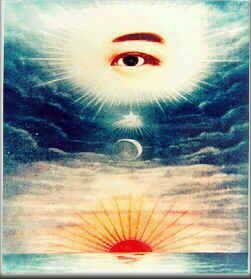
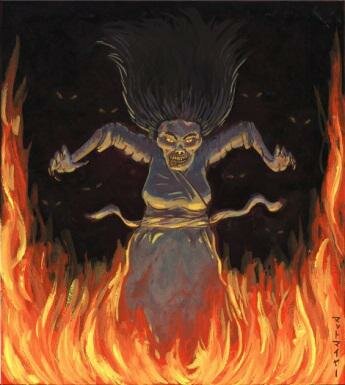
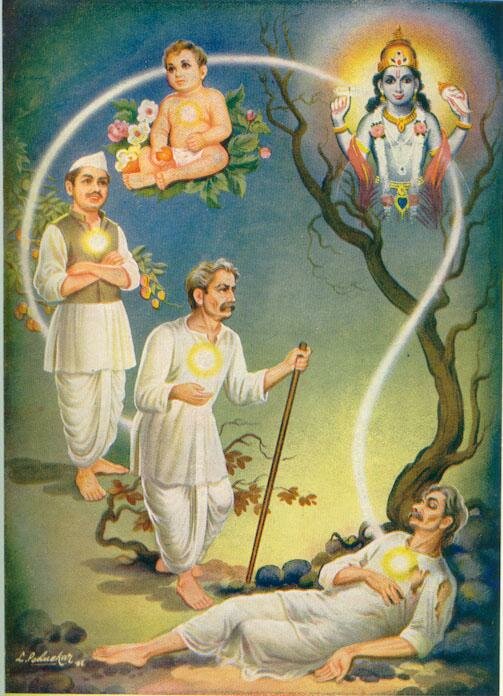

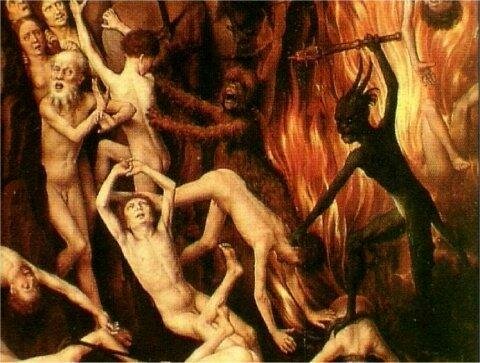
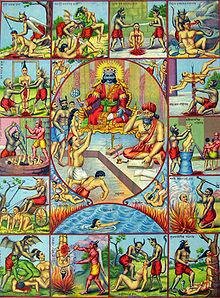
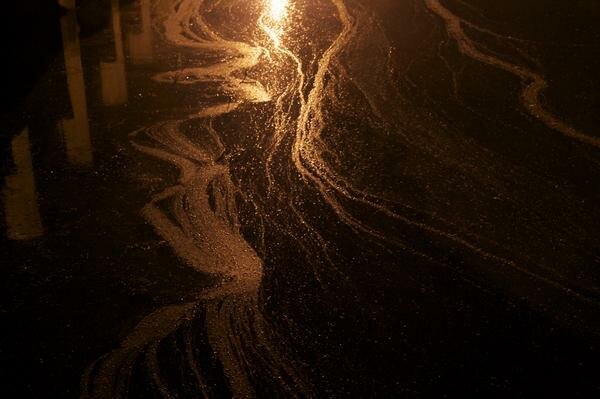













paralegal salary job description
Top 10 Most Feared Places after Death
hotmail email login
Top 10 Most Feared Places after Death
maplokal.com
Top 10 Most Feared Places after Death